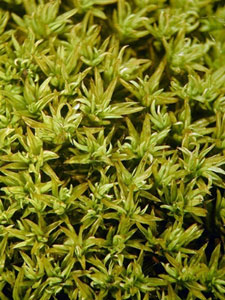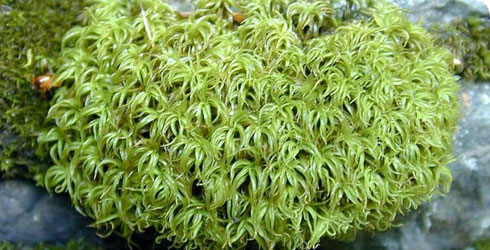Taxonomy
Morphology
Plants robust, between 0.5 and 10 cm tall, growing in erect, lax cushions that under optimal conditions can expand to large continuous, loose turfs.

Tortella inclinata can easily be mistaken for Pleurochaete by the untrained eye.
The leaves are narrowly to broadly oblong-lanceolate; strongly and loosely incurved-contorted when dry, squarrose-recurved beyond the erect, sheathing base when wet.
Diagnostic description
Pleurochaete is morphologically very similar to Tortella. The sporophyte of Pleurochaete develops from the apex of short branches (Greek pleura, side or rib, and chaite, long hair or mane, alluding to laterally borne sporophytes), not from the apex of the main stem as in Tortella and other Pottiaceae.
Pleurochaete and Tortella share features such as:
- the structurally almost identical sporophyte
- the differentiation of thin-walled and incrassate cells in the leaf base
Unique to Pleurochaete are:
- the differentiated, thin-walled marginal leaf cells, which extend up from the point of insertion often to above midleaf
- in Tortella these cells form a coherent basal V-shaped area extending medially to the costa


